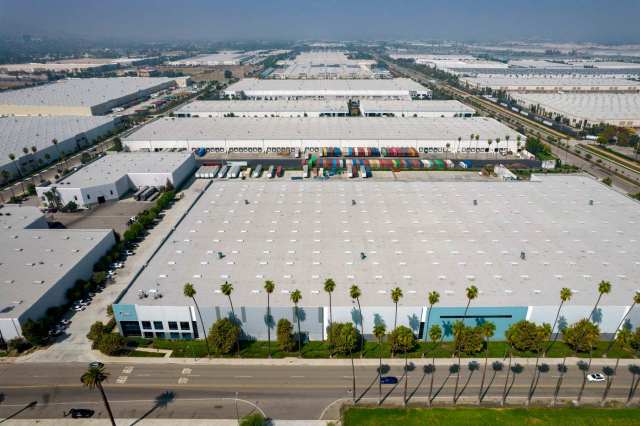T
he commercial real estate landscape is dynamic, with forces driving demand constantly shifting. If you're not paying attention, you might miss the cues that signal when and where activity will surge.
Lease expirations are a key driver of deals, as companies must decide whether to renew, relocate, or remain on a month-to-month basis. This decision often sparks months of planning, site tours, and financial modeling. Without an impending expiration, there's no pressure, and without pressure, deals don't get done.
However, leases alone don't tell the whole story. In 2024, the commercial real estate market slowed due to uncertainty caused by three macro forces: presidential politics, interest rate direction, and consumer confidence. Companies hesitated to sign long-term commitments until they knew what kind of business climate they'd face.
Mergers, acquisitions, and dispositions also create demand, often in unexpected ways. These transactions can consolidate footprints, freeing up space while triggering new needs elsewhere. Dispositions, meanwhile, open up inventory for others or signal a company's shift into a new vertical.
But sometimes, real estate demand is born from entirely new industries emerging due to technology breakthroughs or policy shifts. Consider electric vehicles, lithium-ion batteries, and data centers – each requiring specialized space with unique requirements. We've seen this before, as the 1980s research and development boom created submarkets for tech, biotech, and medical device firms.
Government regulation can also spark demand. Remember when the EPA mandated the elimination of Freon from air conditioning units? This change sent shockwaves through the HVAC industry, creating demand for new service hubs, training facilities, and parts distribution warehouses.
In short, demand drivers in commercial real estate are everywhere – you just need to know where to look. The next wave of activity might not come from a lease expiration or low interest rates but from emerging technologies, federal incentives, or global conflicts reshaping supply chains. As advisers, our job is to interpret the signals, anticipate shifts, and help clients position themselves ahead of the curve.












